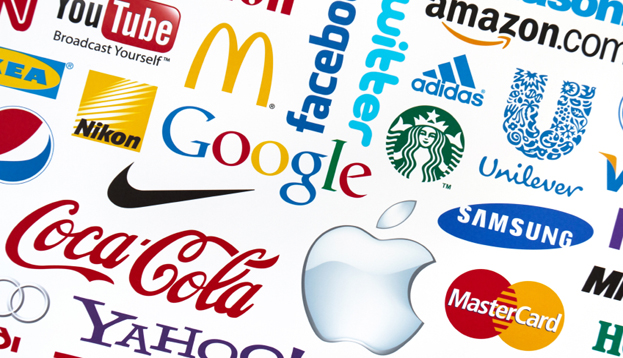—It’s safe to say that the consensus amongst most people today would be that everything is taking a turn towards mobile, which isn’t an unruly conception. It is 2015, after all. However, I’m sure you would be surprised to hear that mobile is, in fact, an untested channel for most Fortune 500 brands. eMarketer has projected that mobile advertising was set to hit $31.45 billion in 2014 and expected to grow by 34 percent this year.
However independent technology and market research company Forrester Research recently found that, contrary to popular belief, only five percent of brands’ total advertising budget is represented by mobile. This shows that the majority of these brands are not being exceedingly proactive on making significant increases in their mobile investment year-over-year.
If this is really the case, one wonders how the mobile advertising market is growing so quickly According to VentureBeat, the answer is that a majority of the mobile advertising market is comprised of, not brands, but app developers, rather.
Fueled by the massive success of multimillion-dollar brands such as Candy Crush or Kim Kardashian Hollywood, there is a rush amongst app developers to elicit downloads and cash in on the casual gaming market. These app-install ads consume almost every form of mobile advertising.
These ads have been the most prominent cause of mobile advertising growth over the past few years; however the mobile advertising marketplace could be set up for a rather rude awakening. Since a majority of mobile app developers are funded with venture capital, if the dynamics of the VC marketplace change, the amount of capital given to back the industry could contract dramatically.
Yes, the mobile advertising market seems to be on the up-and-up as of today, however these numbers could be artificially inflated. This being said, it could still represent an amazing opportunity for brands. According to VentureBeat, Flurry Analytics released a story revealing that consumers now spend more minutes staring at mobile screens than they do watching TV. I know what you’re thinking, hearing that statistic should cause almost all brands looking to capture consumer attention to join mobile as soon as possible — considering mobile screens are projected to become an essential part of the marketing mix. However, brand marketers must first overcome their apprehension with mobile.
According to Forrester’s research, 57 percent of brands say their primary business objective for mobile advertising is brand awareness, which could account for why marketers are only “somewhat confident†in their ability to measure the impact of mobile campaigns. However, mobile success is frequently measured by acquisition metrics like click-throughs and website hits.
In order to evaluate awareness, rather than judging mobile ads on performance measures, marketers and agencies must buy into the right metrics. Sure enough, it seems that this shift may have already begun. According to Jun Group research, the number of advertisers asking for brand studies has raised 69 percent over the past two years — however this is still only a quarter of national advertising campaigns.
In order for mobile to become a true alternative (or even a complement) to TV, VentureBeat suggests brands adopt the idea that the medium is a tool for brand awareness, rather than an acquisition or performance channel.
The app install era will come to an end eventually, but brands must always connect with their customers in efficient and quantifiable ways. The true growth in the mobile ad market will rest in the hands of agencies, tech providers, and publishers. If they are able to find a way to educate brands on the unique value of mobile advertising, then growth will come naturally.

